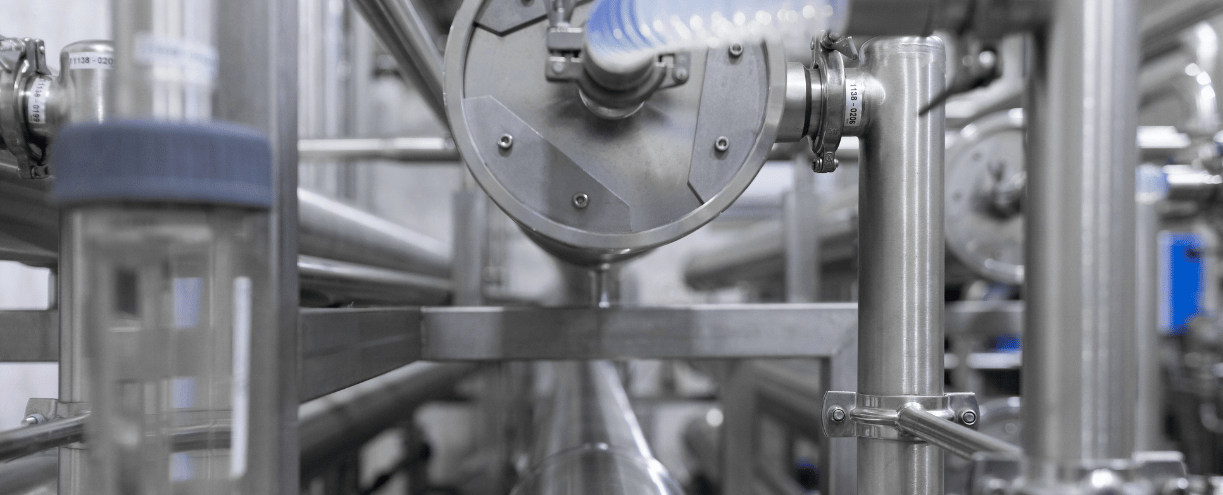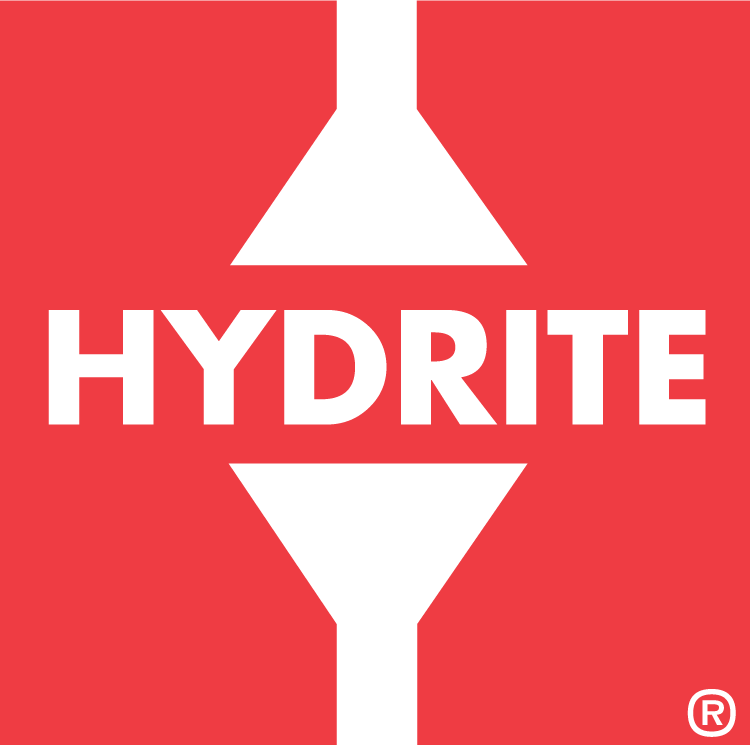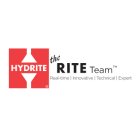
Proper Operating Parameters for an RO Polisher
Many plants, especially in the dairy industry, collect water derived from product concentration processes (evaporator condensate, RO permeate) and further purify it by processing it through an RO polisher. The permeate from the RO polisher can be used in place of fresh/potable water for initial rinsing and washing of the various systems in the plant. If the polished water is further processed with a pasteurization step (thermal or UV treatment) it may be elevated to Category I status and reused as potable process water that is acceptable for product displacement and final rinsing and sanitizing.
If operated and maintained properly, RO filtration systems have a maximum rejection rate around 99.5%. Therefore, permeate from a process RO system and condensate from an evaporator, still contain significant levels of impurities from the product being processed (nitrogen compounds, sugars, minerals, micro). All these compounds contribute to conductivity and dissolved solids in the water. These dissolved solids can impart undesirable characteristics to the water (contaminants, micro activity) that can make it unfit for usage in other plant processes.
Using an RO polisher increases the quality/purity of the water by removing 99.5% of the remaining contaminants in the permeate from the first RO or evaporator condensate.
RO systems typically operate with baseline pressures between 100 and 500 psi. It would be logical to think that higher operating pressures would cause more contaminants to be forced through the membrane surface into the permeate. This is not the case with RO polishers. Running RO polishers with low baseline pressure can allow more impurities to pass into the permeate and cause higher conductivity.
According to various membrane system manufacturers, optimal processing parameters for an RO polisher are:
Baseline Pressure Range: Greater than 200 psi up to 500 psi. Optimal range is between 250 and 350 psi.
Boost or Loop Pressure: 8-10 psi per membrane element
- If there are 5 membranes per stainless housing, then the boost pressure would range between 40 – 50 psi above baseline pressure.
Processing Temperature: Under 70°F is best, unless processing hot water with high-temp membranes.
Processing pH: Feed pH should be acidic (under pH 6.5). If feed pH is alkaline, the system may pass more nitrogen compounds into the permeate.
For more information about RO polishers or membrane systems, please reach out to The RITE Team®.

